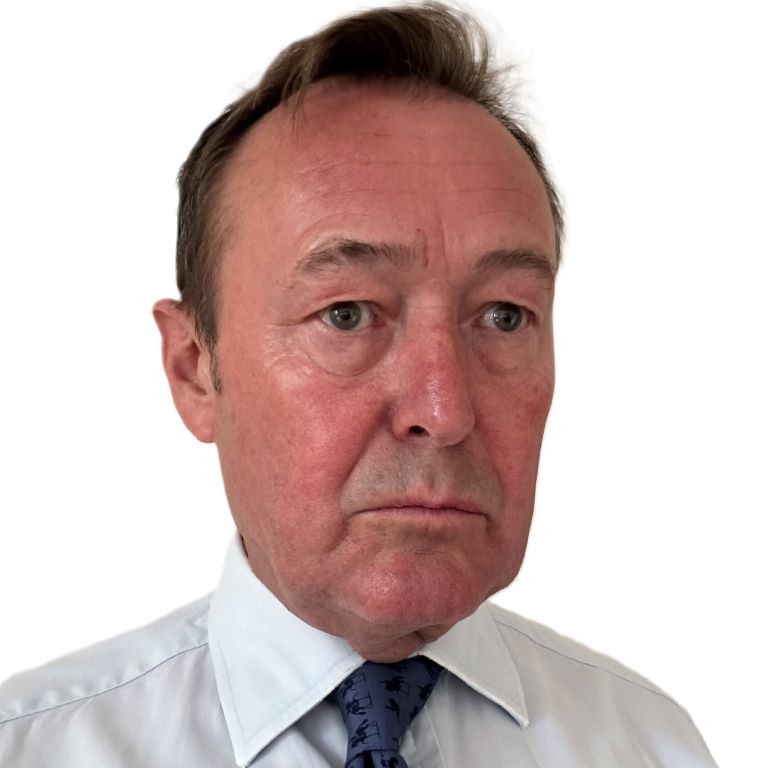
By Mark Cracknell ,
Global Head of P&I
18/09/2024
The allision in March 2024 between the containership Dali and the Francis Scott Key Bridge in Baltimore resulted in the tragic deaths of six individuals, the destruction of the bridge, and the temporary closure of a significant port. Historically, such high-profile, one-off losses have not been primary drivers of P&I premiums; a strength of the mutual P&I system is the International Group’s robust reinsurance arrangements. The relationship between retained premium income on the one hand and retained claims on the other is typically a far more significant factor.
However, with the International Group’s reinsurers said to be holding multi-billion-dollar reserves for the Dali loss, notwithstanding the ongoing limitation proceedings, the cost of the International Group’s excess of loss reinsurance program is likely to be impacted (with the additional cost passed on to the club members), while the financial impact on P&I clubs will likely remain modest. That includes Britannia, the P&I club with surplus assets of around US$550 million, with which Dali was entered; the International Group’s pooling agreement means that Britannia will pay a US$10 million retention and its share of the pool – likely not significantly greater than US$20 million.
In this P&I market update, we present and analyse a number of relevant data points, providing a snapshot of where the P&I clubs stand at the moment and considerations regarding any premium increases in the coming year.
Considerable competition between P&I clubs, driven by increased opportunities from sustained growth in the world’s fleet, has contributed to lower rates for new business, which has impacted renewal business. Net income to P&I clubs had been falling during the period 2017-2020.
Figure 1 | Source: Marsh with data provided by BDO
Between 2019 and 2021, overall claims costs increased in line with world tonnage. Over the same period, there was an unprecedented acceleration in pool claims (see Figure 2). However, since 2021, pool claims have fallen sharply.
Figure 2 | Source: IG P&I club
Due to the acceleration in pool claims, by the 2020 financial year, the difference between overall P&I club net premium income and net claims expenditure had narrowed almost to parity (see Figure 3).
Figure 3 | Source: Marsh with data provided by BDO
After a sustained period of low or zero general increases, P&I clubs reacted in 2020 by imposing rate increases (see Figure 4), although the term “general increase” has been employed less often, with some clubs preferring a disclosed “target increase”.
Figure 4 | Source: Marsh with data provided by BDO
As the clubs applied rate increases, net income per GT hit a record high in 2023 (see Figure 5).
Figure 5 | Source: Marsh, with data prepared by BDO and data provided by P&I clubs (for 2022 and 2023)
Clubs appeared to anticipate that the risk of claims would continue to rise at the rate experienced in 2019 and 2020, but this did not happen. Overall claims have plateaued, and pool claims have fallen below historical norms (see Figure 6). Claims retained individually by the clubs appear to have followed an established trend of increases, but at a rate below general inflation.
Figure 6 | Source: Marsh, with data prepared by BDO and data provided by P&I clubs (for 2022 and 2023)
As a result, the difference between the P&I clubs’ overall net premium income and net claims incurred is the greatest since 2017 (see Figure 7).
Figure 7 | Source: Marsh, with data prepared by BDO and data provided by P&I clubs (for 2022 and 2023)
Generally, the key performance indicators (KPIs) for the P&I market are now positive (see Figures 8,9,10). The average combined ratio — the ratio of incurred claims and expenses to earned premiums — for the P&I clubs is below break-even and trending towards increasing profitability.
Figure 8 | Source: Marsh, with data prepared by BDO and data provided by P&I clubs (for 2022 and 2023)
Encouraged by positive investment results for the 2023 financial year, overall surplus funds are at the highest level since 2017 (see Figure 9).
Figure 9 | Source: Marsh, with data prepared by BDO and data provided by P&I clubs (for 2022 and 2023)
The average solvency coverage for clubs is similarly at the highest level since 2017 (see Figure 10).
Figure 10 | Source: Marsh, with data prepared by BDO and data provided by P&I clubs (for 2022 and 2023)
From 2010 onwards, a steady increase in P&I claims costs and a trend of falling premium income led to a decisive P&I club response that saw the imposition of rate increases on club members over a sustained period. More recently, there has been a slowdown in claims that does not appear to have been anticipated by clubs, and overall, P&I clubs are reporting strong financial results. We can now see that the corrective rating actions undertaken by the clubs since 2020 appear, in the end, to have been overdone.
It is difficult to see a data-driven basis for general “target” premium increases for the 2025 renewal. This is particularly the case as members can expect to see the cost of the International Group’s general excess of loss program increase in response to the Dali claim (which will be applied in the form of a non-negotiable surcharge). There are suggestions that the program will likely rise by 15% to 20% and will be subject to allocation between the five vessel categories.